Global Expansion Strategies for FinTechs in Emerging Markets: A Playbook for Leaders
2nd August 2025
 How Open Banking is Shaping Financial Services Globally
How Open Banking is Shaping Financial Services Globally
 The Rise of Contactless Payments: Benefits and Security Concerns
The Rise of Contactless Payments: Benefits and Security Concerns
 The Evolution of Fintech Regulation: What’s Next?
The Evolution of Fintech Regulation: What’s Next?
 What the Future Holds for Digital-Only Banks: Navigating the Next Era of Banking
What the Future Holds for Digital-Only Banks: Navigating the Next Era of Banking
 QR Codes and the Cashless Leap: Transforming India's Financial DNA
QR Codes and the Cashless Leap: Transforming India's Financial DNA
.jpg) The Future of Payments: Trends Reshaping Transactions in 2025
The Future of Payments: Trends Reshaping Transactions in 2025
 Biometric Payments: The Next Big Trend in Secure Transactions
Biometric Payments: The Next Big Trend in Secure Transactions
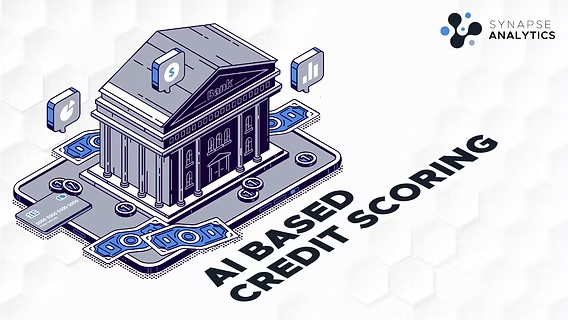 How AI is Transforming the Credit Scoring System
How AI is Transforming the Credit Scoring System
 The Impact of 5G on Fintech Services
The Impact of 5G on Fintech Services
 Flipkart Gets a Lending Licence: A Bold Leap into Embedded Finance
Flipkart Gets a Lending Licence: A Bold Leap into Embedded Finance
 The Role of Cryptocurrencies in Cross-Border Payments
The Role of Cryptocurrencies in Cross-Border Payments
 Top Fintech Innovations Shaping 2025: The Future of Finance
Top Fintech Innovations Shaping 2025: The Future of Finance


05 April 2025
3 min read
32
In today’s regulated and rapidly evolving FinTech landscape, building successful products isn’t just about speed—it’s about alignment. Alignment between user needs and compliance, between innovation and security, between digital experience and trust.
PayNearby's CPO presented a compelling framework for navigating the real-world constraints of FinTech product development, while delivering scalable, customer-first experiences.
Every product decision in FinTech is shaped by foundational limitations:
🛡️ Compliance & Regulation: Financial products must adhere to precise, evolving regulatory frameworks.
🔐 Risk & Fraud: A single breach can negate the gains of thousands of successful transactions.
📜 Data Protection: With laws like the DPDP Act, data privacy is not optional—it’s strategic.
🔗 Partner Dependency: FinTechs often rely on external infra (e.g., banks, NBFCs), making system robustness a shared responsibility.
The product journey starts at onboarding—and how it’s designed determines conversion and retention. The presentation advocated a progressive, minimal-friction approach, including:
Data Minimization: Ask only what’s needed, when it’s needed.
DPI & Triangulation: Leverage public digital infra and APIs to auto-fetch data.
Transparency: Be open about why you need data and how it benefits users.
No Uploads, No Drop-offs: Avoid asking for document uploads unless absolutely necessary.
At the core of product development lies a fundamental principle: empathy. True product success comes from mapping not just what the user does, but what they think, feel, and need.
Define personas and environments of use.
Engage multiple senses—visual, audio, touch—to elevate experience.
Understand both pains (drop-offs, confusion) and gains (speed, ease, delight).
The presentation emphasized strategic use of technology to elevate every stage of the user journey:
📱 Smartphone-First Design: Native resources for smoother UX.
🤖 AI & ML: For predictive personalization and smarter service.
🗣️ Voice & Chatbots (NLP/NLU): 24/7 intelligent support.
📊 Hyper Personalization: Dynamic journeys tailored to each user.
🌐 Omnichannel Touchpoints: Including WhatsApp and social platforms.
In Halde’s words, there are only two types of companies: those that know they’ve been breached, and those that don’t. That’s why fraud and risk management must be baked into product strategy—not patched later.
Mitigation Stack:
Technology audits (VAPT, code review, AppSec)
Authentication layers (OTP, passwords, multifactor)
Secure infrastructure (APIs, encryption)
Monitoring & alerts (AML, suspicious activity)
Customer education
FinTech product leaders must work in dual gear—with one foot on innovation and the other on compliance. The strategy is a timely reminder that great products don’t just solve problems. They build trust, scale sustainably, and deliver impact—digitally and securely.
Read Next
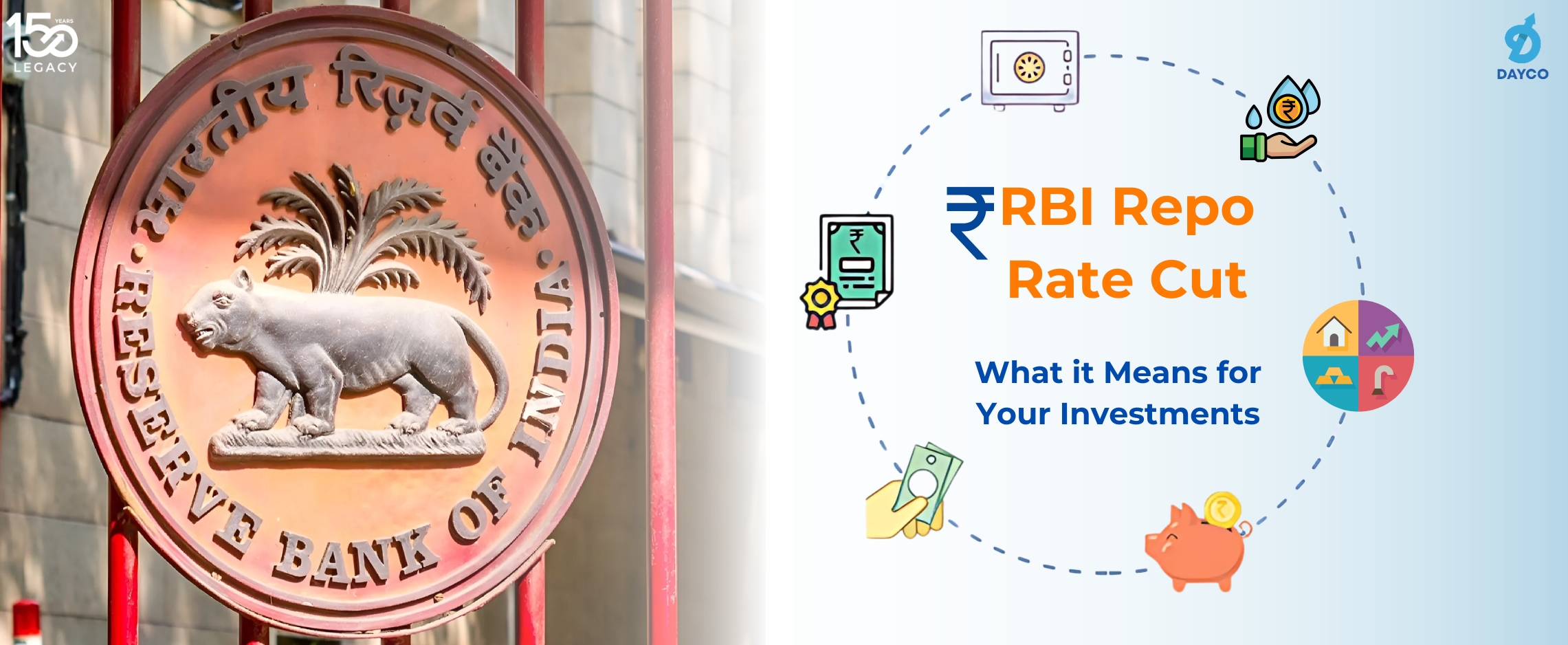 News
News
 Article
Article
 News
News
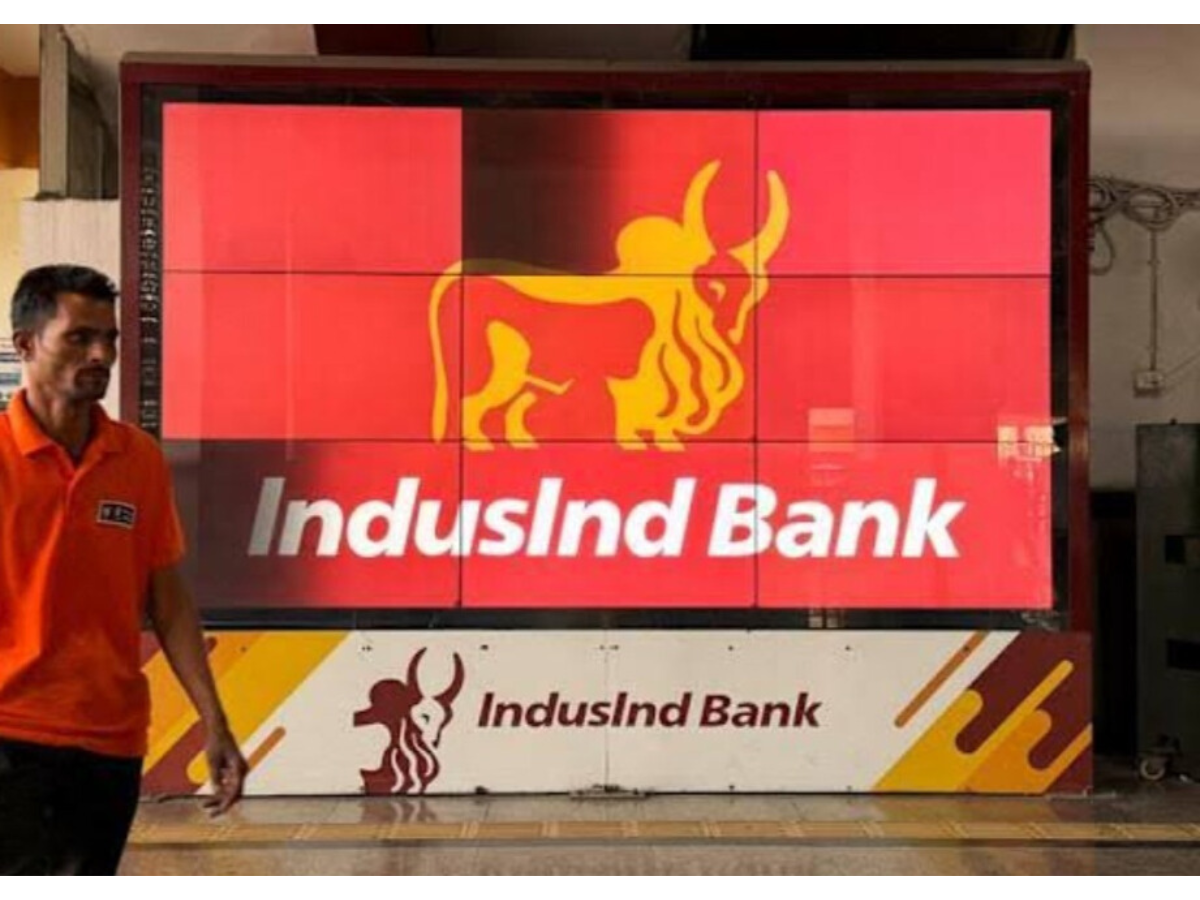 News
News
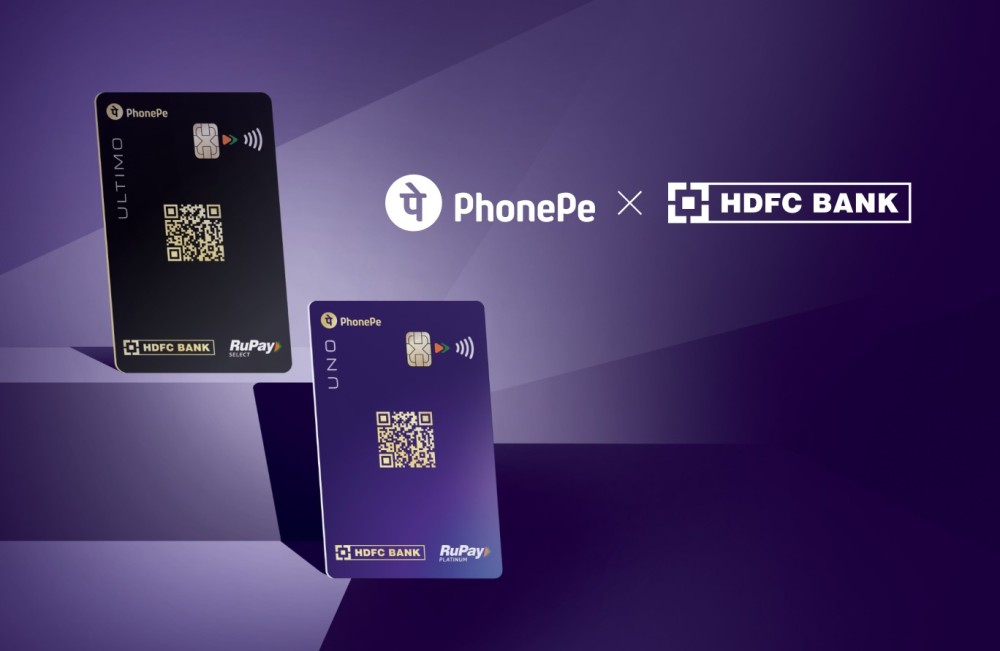 News
News
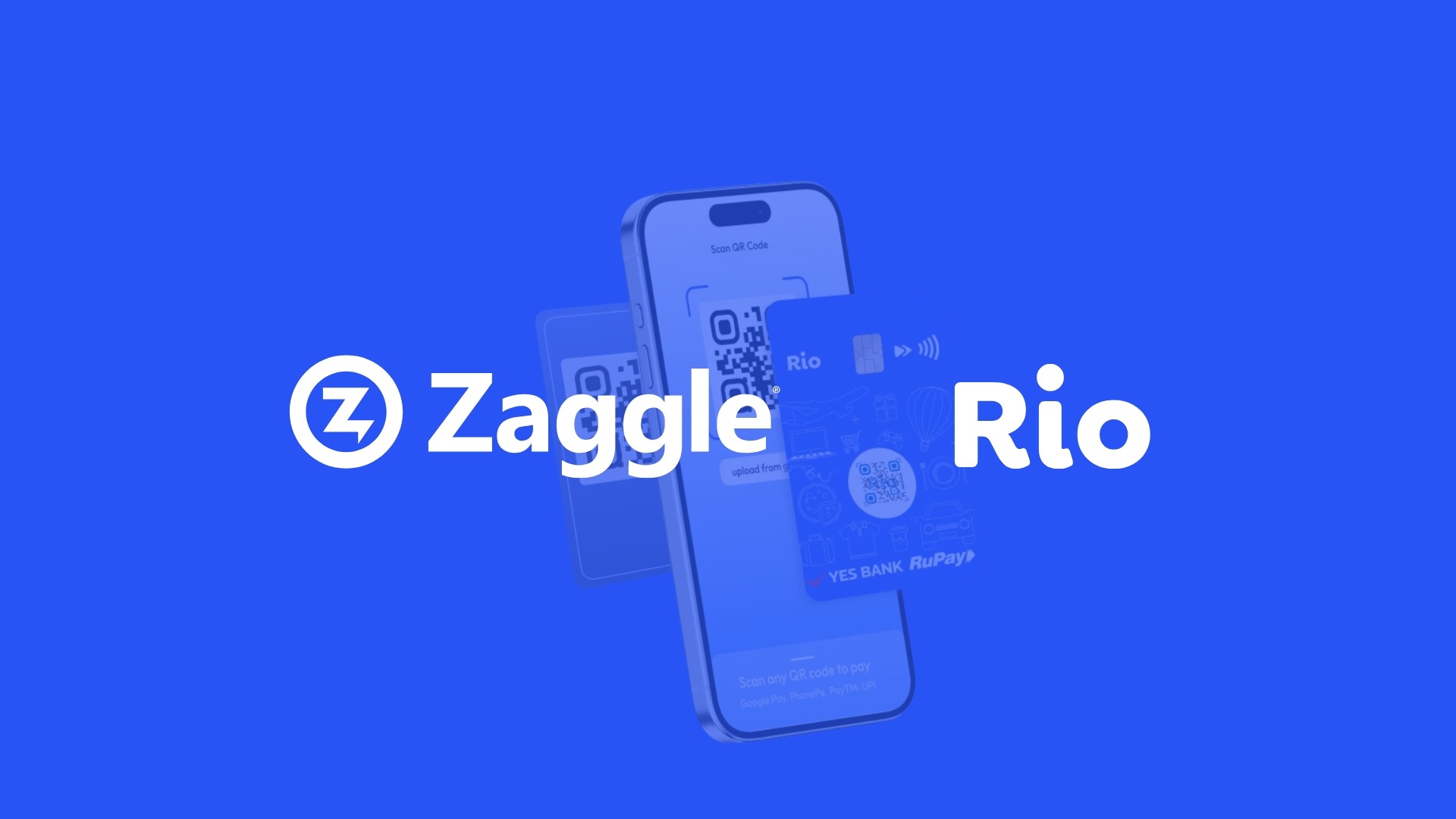 News
News
Live Polls
Live Discussion
Topic Suggestion
Whom Do You Wish To Hear
Sector Updates
Leave your opinion / comment here